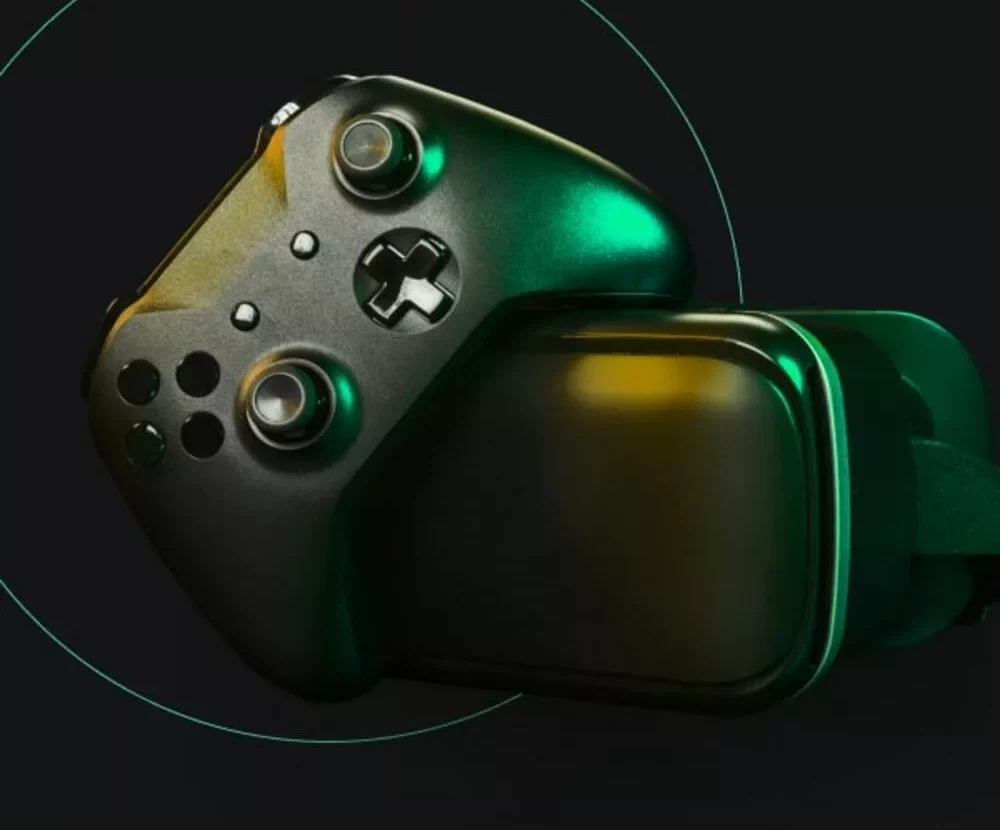Game mechanics, or mechanism
Let us begin with the rules, one of the most important formal features of the game. In the context of gameplay, rules can be divided into game mechanics (mechanisms) and the constraints within which game mechanics operate.
Any game begins with game mechanics as the main tool for interacting with objects within the established constraints.
Mechanics are based on three basic principles: action, change, and feedback.
Action, or mode
- principle, a tool to influence game objects.
The way in which the player or artificial intelligence, through the available input system, manipulates the game objects. Mechanics, gameplay, dynamics – how gameplay in games is arranged
Change
- A change in the state of the game after the game objects have been affected.
Forms a new mental landscape, a new state of play.
Mechanics, gameplay, dynamics – how the gameplay of games works
Feedback
- Capturing changes in the game that affect the player’s subsequent decisions, through the available sensors – sight, hearing, touch, smell, and others.
Stimulates the formation of a new strategy of player behavior, based on goals and objectives.
Mechanics, gameplay, dynamics – how game play works in games
Objectives in the game are formed by the rules, which are served either through the exposition at the beginning of the game or stage (essentially announced), or they are invented by the player himself by trial and error or his own imagination.
Objectives are formed in the player’s head as a result of analyzing game tasks, situations and other rules of the game.
There are signs of cyclic processes in the definition itself. If a certain method of interaction with game objects is repeated over and over again, in the process of receiving feedback the player can adjust his subsequent actions, achieving a more effective way to achieve the goals.
For example, when playing a first-person shooter, the player repeats a certain set of actions over and over again: moving, aiming and shooting. By repeating these actions again and again in a cycle, he improves his own skills of evasion, position selection, aiming, timely shooting, reaction speed, which, in turn, affect the efficiency of achieving the main game goal in the shooter – elimination of enemies.
Can objects in geometric space, such as a wall or a floor, be agents of game mechanics?
Yes and no. Geometric space objects are just a static part of the game, a system of constraints within which other mechanics operate.
The wall is not a mechanic in and of itself, but the interaction of the player avatar with the wall (collision) is a mechanic.
Mechanics, gameplay, dynamics – how gameplay works in games
It’s more complicated with the floor. Especially in games where the floor surface is the predominant basis of level geometry. The surface constantly interacts with the avatar as opposed to gravity, cutting off the speed of falling into the infinite abyss beneath it or pushing it to the surface. But this feedback is not obvious to the player, he sort of ignores it, taking it for granted.
Despite this, the game designer describes this interaction in the design document as a separate mechanic, because it is a necessary function of the game world.
There are examples of more obvious feedback of gender and avatar interaction. For example, regular platforming games or games where different tilting of the surface affects the speed of the avatar’s movement.
There can be many mechanics in a game. They form a whole arsenal of tools for the player, who uses a variety of sets of actions depending on the goals and objectives of each situation.
This close interconnection of mechanics in the context of their use forms the gameplay.
Gameplay
- A system of player interaction with game objects through an available set of game mechanics.
Gameplay is based on the given rules and constraints of the game, as well as the player’s individual style of behavior.
Mechanics, gameplay, dynamics – how gameplay in games works
There are many genre-forming combinations of mechanics that translate from game to game of the same genre. For example, combinations: move+jump; double jump; move+aim+shot, and so on.
A game designer must understand that players will have different styles of behavior (e.g., Bartle’s psychotypes) and must prepare gameplay in a way that meets the expectations of the chosen target audience or satisfies the variety of player types.
For example, in Deus Ex, the gameplay is initially designed for different playthrough styles – active (direct encounter) and stealth (stealth). Players choose which style suits them, and at any moment they can switch to another type of gameplay – the one they prefer in a certain situation or of their own free will for the sake of gaining new experience.
The player’s experience is not only a set of primitive mental connections, which form the systems of rules and available mechanics, but also the emotional and sensual side of perception – a meaningful experience, which is transformed through the internal personal coordinate system of the person.
Gameplay in the course of the game can change not only because of a change in the player’s behavioral strategy, but also because of a variety of built-in triggers that create new game states for the player and change his behavior accordingly. For example, in Pac-Man, a temporary state change is the collection of a bonus (a beanbag) in a maze, which instantly changes the mechanics of behavior and the parameters of enemies, as well as the parameters of the player’s character.
Formally, such gameplay state switching can be compared to the operation of state machines or finite automata, but in the framework of this article we will not touch deeply on this topic



